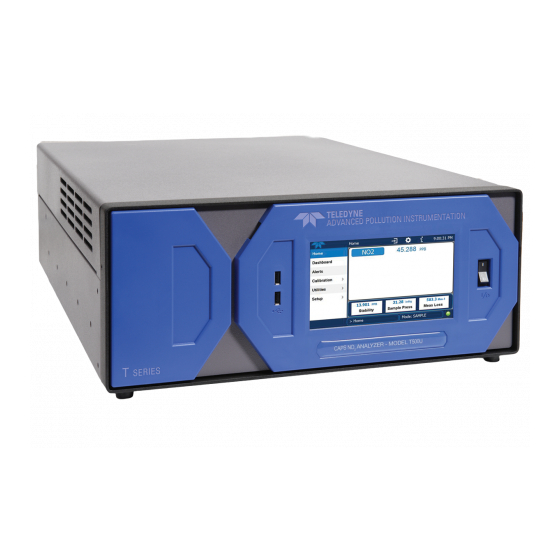
TELEDYNE API T500U Manuals
Manuals and User Guides for TELEDYNE API T500U. We have 1 TELEDYNE API T500U manual available for free PDF download: User Manual
TELEDYNE API T500U User Manual (123 pages)
CAPS NO2 Analyzer
Brand: TELEDYNE API
|
Category: Measuring Instruments
|
Size: 11 MB
Table of Contents
Advertisement
